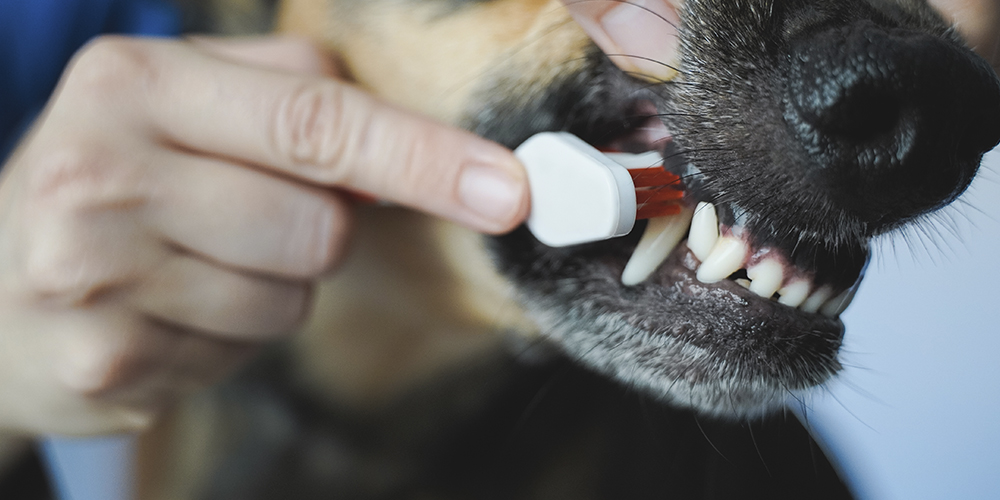**Title: A Guide to Healthy Smiles: How to Brush Your Dog’s Teeth**
Our furry friends bring immense joy and love into our lives, and it’s our responsibility to ensure their well-being, including their oral health. Just like humans, dogs can suffer from dental issues, making regular tooth brushing a crucial aspect of their care routine. If you’ve wondered how to brush your dog’s teeth effectively, read on for a step-by-step guide to keep those canine chompers clean and healthy.
**Why Brush Your Dog’s Teeth?**
Dental care for dogs is often overlooked, but it plays a significant role in their overall health. Regular brushing helps prevent:
1. **Plaque and Tartar Buildup:** Just like in humans, plaque can accumulate on dogs’ teeth, leading to tartar formation. Over time, this can contribute to dental issues and bad breath.
2. **Gum Disease:** Poor oral hygiene can result in gum disease, causing pain and discomfort for your pet. In severe cases, it may even lead to tooth loss.
3. **Systemic Health Issues:** Dental problems in dogs can extend beyond their mouths, potentially impacting other organs like the heart, liver, and kidneys. Good oral health contributes to their overall well-being.
**Getting Started:**
1. **Choose the Right Tools:**
– Use a dog-specific toothbrush or a finger brush that fits over your finger.
– Select toothpaste formulated for dogs. Human toothpaste can contain ingredients harmful to pets.
2. **Introduce Your Dog to the Tools:**
– Allow your dog to sniff and lick the toothbrush or finger brush.
– Gradually let them get comfortable with the tools by touching their muzzle and teeth.
**The Brushing Process:**
1. **Start Slowly:**
– Begin by gently rubbing your finger or the toothbrush over your dog’s teeth without toothpaste. This helps them acclimate to the sensation.
2. **Introduce Toothpaste:**
– Once your dog is comfortable, apply a small amount of dog toothpaste to the brush. Let them taste it to build positive associations.
3. **Brushing Techniques:**
– Lift your dog’s lips to expose their teeth.
– Brush in circular motions, focusing on the gum line.
– Pay attention to the outer surfaces of the teeth, where plaque tends to accumulate.
4. **Take Breaks:**
– If your dog seems uncomfortable, take breaks during the process. Gradually increase the brushing time as they become more accustomed.
5. **Reward System:**
– Praise your dog and offer treats or playtime as a reward for cooperation during the brushing session.
**Frequency:**
– Aim to brush your dog’s teeth at least 2-3 times a week, if not daily, for optimal results.
**Additional Tips:**
1. **Professional Check-ups:**
– Regular veterinary check-ups include oral examinations. Consult your vet for advice on your dog’s specific dental needs.
2. **Chew Toys and Dental Treats:**
– Provide dental-friendly toys and treats to supplement your brushing efforts. These can help reduce plaque and promote dental health.
3. **Stay Patient and Positive:**
– Patience is key. Turn tooth brushing into a positive experience, strengthening the bond between you and your furry friend.
By incorporating regular tooth brushing into your dog’s routine, you’re taking proactive steps to ensure their oral health and overall well-being. A healthy smile leads to a happy and vibrant life for your beloved canine companion!


